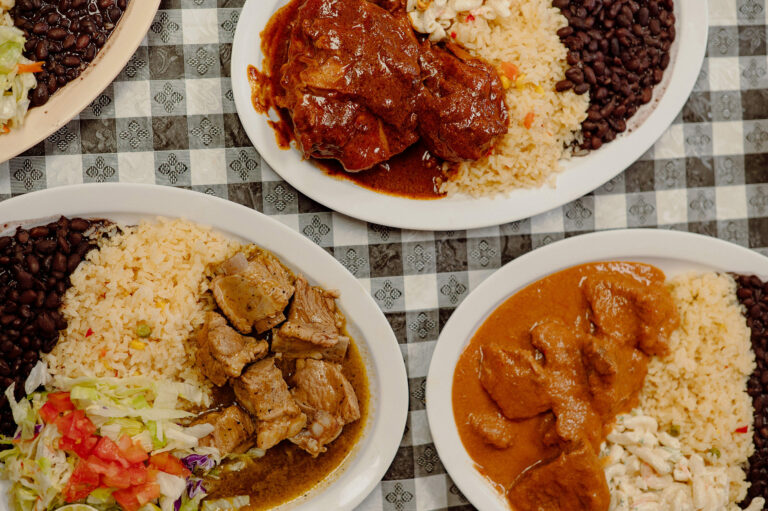Introduction: Overview of Central American cuisine
Central American cuisine is a diverse blend of indigenous Mayan, Spanish, and African influences. Each country in the region has its own distinct culinary traditions, but there are also many commonalities in terms of ingredients and techniques. Corn, beans, rice, and plantains are staples throughout the region, as are a range of fruits and vegetables like yucca, avocado, and mango. Spices and herbs like cilantro, oregano, and cumin are also widely used.
Guatemalan Cuisine: A Unique Blend
Guatemalan cuisine is unique among Central American cuisines due to its mix of indigenous Mayan, Spanish, and Caribbean influences. As such, it is a blend of ancient culinary traditions and colonial-era ingredients and techniques. Some of the most important elements of Guatemalan cuisine include corn, beans, and chilies, which are used in a variety of dishes like tamales, stews, and soups. Additionally, many Guatemalan dishes are served with a side of rice and black beans, or with tortillas made from corn or wheat.
Ingredients: The Flavorful Elements
Guatemalan cuisine features a wide range of ingredients that give it its distinct flavor profile. Corn is a staple of the Guatemalan diet, used in everything from tamales to tortillas. Other important ingredients include beans, rice, chilies, garlic, onions, and tomatoes. The use of fresh herbs like cilantro and parsley is also common, as is the inclusion of tropical fruits like pineapple, mango, and papaya. In addition, Guatemalan cuisine features a range of meats including beef, chicken, and pork.
Techniques: The Art of Cooking
Guatemalan cuisine is known for its use of traditional cooking techniques that have been passed down through generations. One of the most important of these techniques is the use of the comal, a flat griddle used to cook tortillas and other dishes. Additionally, many Guatemalan dishes are slow-cooked over an open flame or in a clay pot, which imparts a unique flavor to the food. The use of fresh, local ingredients is also a hallmark of Guatemalan cooking.
Common Dishes: A Taste of Guatemala
Some of the most popular Guatemalan dishes include chiles rellenos (stuffed peppers), tamales (steamed corn cakes filled with meat or vegetables), and pepian (a stew made with sesame seeds, pumpkin seeds, and meat). Other common dishes include guacamole (a dip made with mashed avocado, tomato, and lime juice), ceviche (raw fish marinated in lime juice), and arroz con pollo (chicken and rice).
Conclusion: A Rich Culinary Heritage
Guatemalan cuisine is a testament to the country’s rich cultural heritage and history. The mix of indigenous Mayan, Spanish, and Caribbean influences has created a unique flavor profile that sets it apart from other Central American cuisines. From the use of traditional cooking techniques to the inclusion of fresh, local ingredients, Guatemalan cuisine offers a taste of the country’s rich culinary heritage. Whether you’re a foodie or just looking for a new culinary adventure, a taste of Guatemala is sure to delight.

